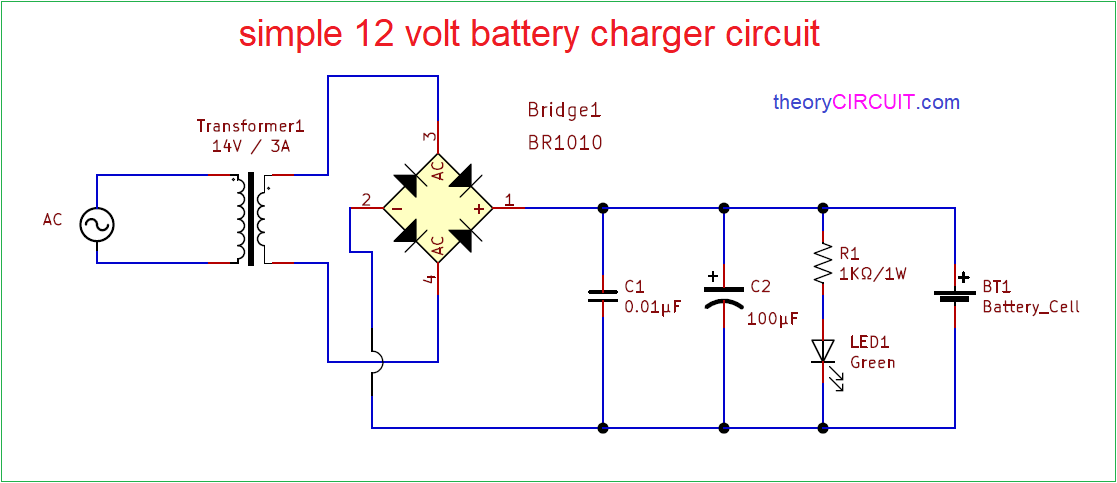
How to Design a Battery Charging Circuit
Having a reliable battery charging circuit is essential for ensuring the longevity and performance of your electronic devices. Whether you are designing a circuit for a smartphone, laptop, or any other portable device, it is important to understand the basics of battery charging circuits. In this article, we will discuss the key elements of designing a battery charging circuit and provide some tips for optimizing its efficiency and reliability.
Understanding Battery Charging Basics
Before diving into the design of a battery charging circuit, it is important to understand the basic principles behind battery charging. A battery charging circuit typically consists of a voltage source, a charging current source, and a control circuit. The voltage source provides the necessary energy to charge the battery, while the current source regulates the flow of current into the battery. The control circuit monitors the battery’s state of charge and adjusts the charging current accordingly.
When designing a battery charging circuit, it is important to consider factors such as the type of battery being used, the desired charging time, and the required charging current. Different types of batteries require different charging methods, so it is important to choose a charging circuit that is compatible with the specific type of battery you are using.
Key Elements of a Battery Charging Circuit
There are several key elements that are essential for designing a battery charging circuit:
- Battery Charger IC: The heart of any battery charging circuit is the battery charger IC. This integrated circuit controls the charging process and ensures that the battery is charged safely and efficiently.
- Charging Current Control: It is important to control the charging current to prevent overcharging and overheating of the battery. This can be achieved using current limiting resistors or current sensing circuits.
- Voltage Regulation: To ensure that the battery is charged to the correct voltage level, a voltage regulation circuit is essential. This circuit monitors the battery voltage and adjusts the charging current accordingly.
- Temperature Monitoring: Overcharging or charging a battery at extreme temperatures can lead to permanent damage. Therefore, it is important to include temperature monitoring sensors in the charging circuit to prevent such issues.
Tips for Optimizing Battery Charging Circuit Efficiency
Here are some tips for optimizing the efficiency and reliability of a battery charging circuit:
- Use Efficient Components: Choose high-quality, efficient components for your battery charging circuit to minimize energy losses and maximize charging efficiency.
- Optimize Charging Algorithms: Implement smart charging algorithms that adjust the charging current based on the battery’s state of charge and temperature to optimize charging efficiency.
- Implement Safety Features: Incorporate safety features such as overcharge protection, short circuit protection, and temperature monitoring to prevent damage to the battery and ensure safe charging.
- Test and Validate: Always test and validate your battery charging circuit to ensure that it operates correctly and efficiently under different operating conditions.
Conclusion
Designing a battery charging circuit requires careful consideration of various factors such as battery type, charging current, voltage regulation, and safety features. By understanding the basic principles of battery charging and following the key elements and tips outlined in this article, you can design a reliable and efficient battery charging circuit for your electronic devices.
Was this helpful?
0 / 0